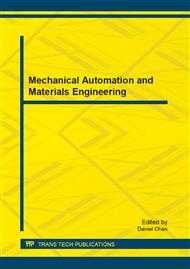p.504
p.509
p.513
p.519
p.524
p.529
p.537
p.542
p.547
Optimal Design of Heating and Ventilation for Drying Room Based on Transient CFD Simulation
Abstract:
Transient air flow and heat transfer in a container-drying room is simulated by using Airpak software in this paper. The transient numerical solutions are obtained for air flow within the drying room including flow speed, pressure, temperature, mean age of air, etc. The analysis focuses on temperature, temperature rise and mean age of air surrounding the container surface with heating time. Drying design is determined by comparing two different ways for heating and ventilation. By means of simulation, it is possible to significantly shorten the drying time of the container corners, and to achieve the purpose of energy saving.
Info:
Periodical:
Pages:
524-528
Citation:
Online since:
August 2013
Authors:
Keywords:
Price:
Сopyright:
© 2013 Trans Tech Publications Ltd. All Rights Reserved
Share:
Citation:


